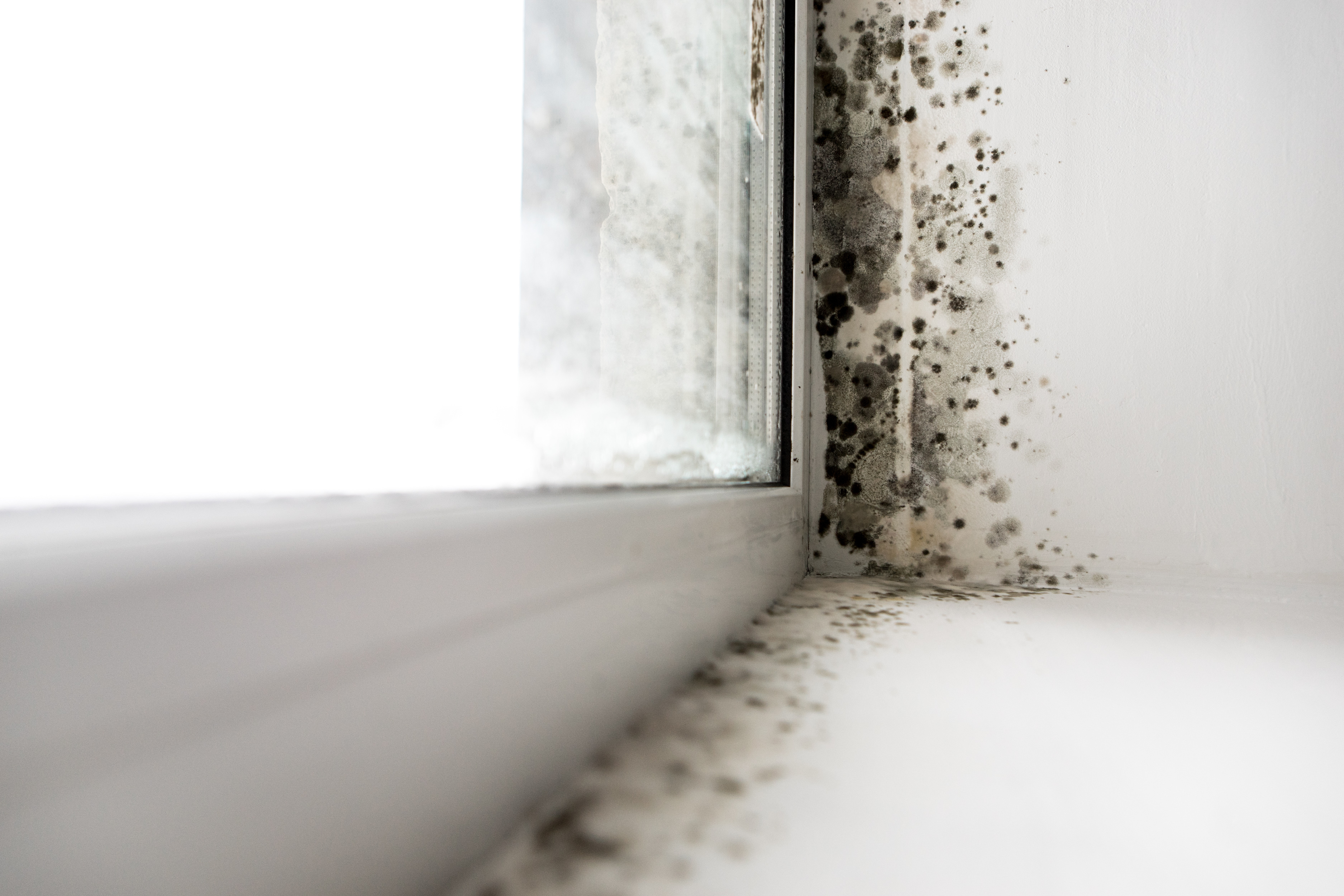Mold has a bad reputation, but it isn’t something we need to be overly afraid of. In nature, the purpose of mold is to break down organic materials, such as fallen leaves and trees. However, mold in our home can be problematic and costly. Mold can produce allergic reactions that can be irritating or even harmful, particularly to people with existing respiratory conditions such as asthma.
September is the United States Environmental Protection Agency’s (EPA’s) Mold Awareness Month. Since home improvement projects that involve insulation are common at this time of year, here are three ways insulation can help prevent mold in your home.
1. Select the right insulation material
Mold needs three things to grow: moisture, warm temperatures and a food source. So when you’re choosing insulation for your home, the first step is to choose an insulation material that won’t serve as a food source for mold. None of Johns Manville fiberglass, mineral wool or foam insulations are food sources for mold.
2. Proper installation
The next consideration is proper installation. When installing insulation, you need to install it dry and keep it dry. It’s also important to insulate completely. Small spaces that are left uninsulated or gaps in insulation can allow moisture in and provide an opportunity for mold to grow. If your insulation project is complicated or involves a potential moisture issue, you may want to consult a pro. A skilled contractor brings years of experience into the mix and will be informed on best practices for preventing mold.
3. Keep moisture out
After your insulation is installed, the ongoing challenge is making sure that it stays dry. Preventing mold comes down to one main issue: making sure you keep moisture out of your home. Make sure windows are well sealed. Inspect your roof to make sure there are no leaks. And make sure that bathrooms and garages are properly ventilated. Check out the EPA’s infographic on moisture control and mold here.
If you suspect that there might be mold in your home, here are a few signs that might potentially indicate a mold problem and warrant further investigation:
- A musty smell in the basement or elsewhere. A musty smell could indicate that water has gotten in.
- Leaks in the roof or around a chimney. Defects in construction can cause leaks. Leaks can also spring up over time. It’s important to quickly identify the source of the leak and repair it promptly.
- Leaks around a window. If water gets in and the area never has a chance to fully dry, there is a risk of mold.
- Improper ventilation. If you have a bathroom that isn’t properly ventilated, there’s a risk that mold will grow on the adjacent walls.
If you find that you have mold in your home, it may be best to bring in a professional remediation company, depending on the size of the mold problem. Read more about how to handle a mold cleanup here.
Johns Manville manufacturers a wide range of insulation for your home improvement projects. For more information about Johns Manville insulation products, DIY tips, help with R-values and more, visit us here.

